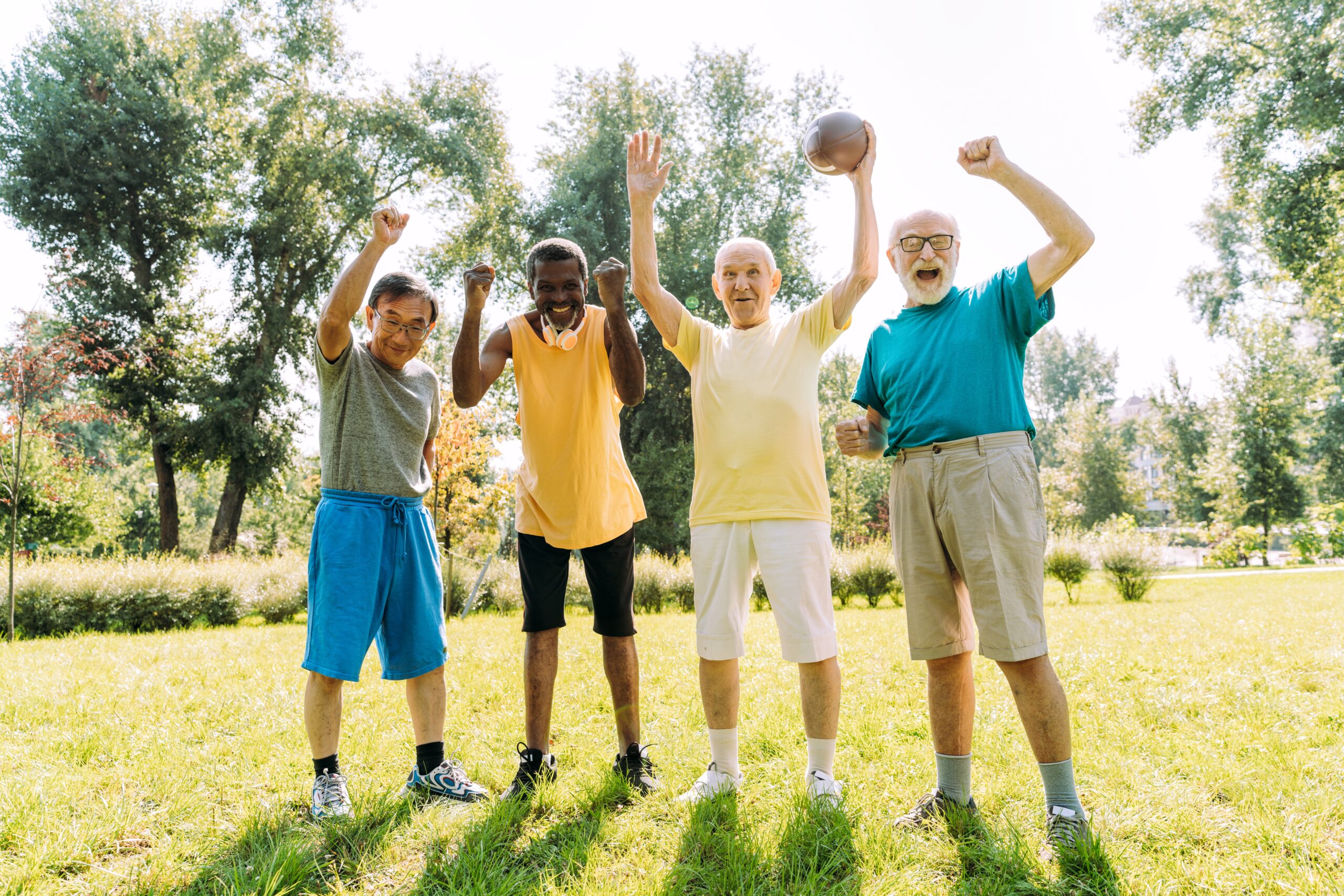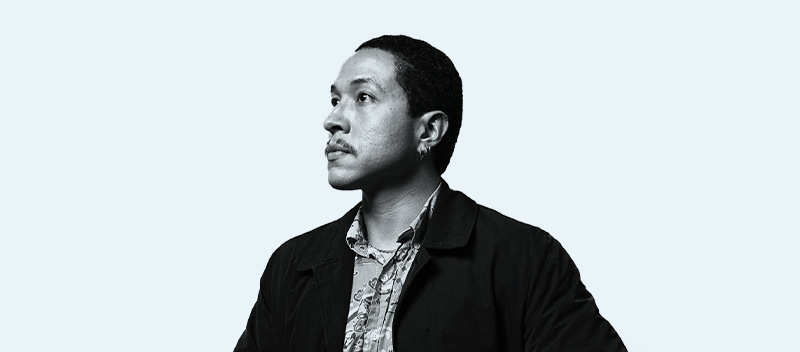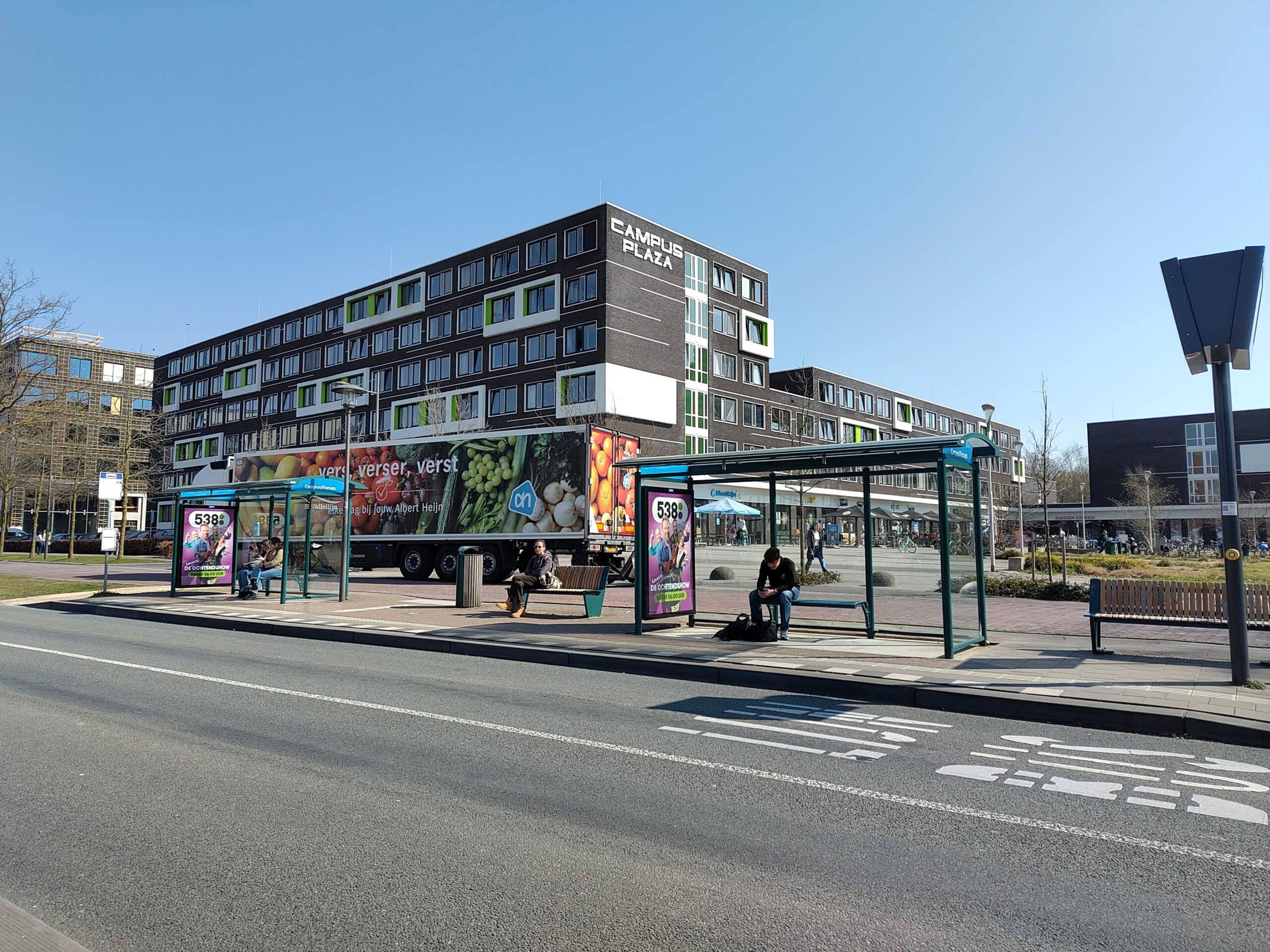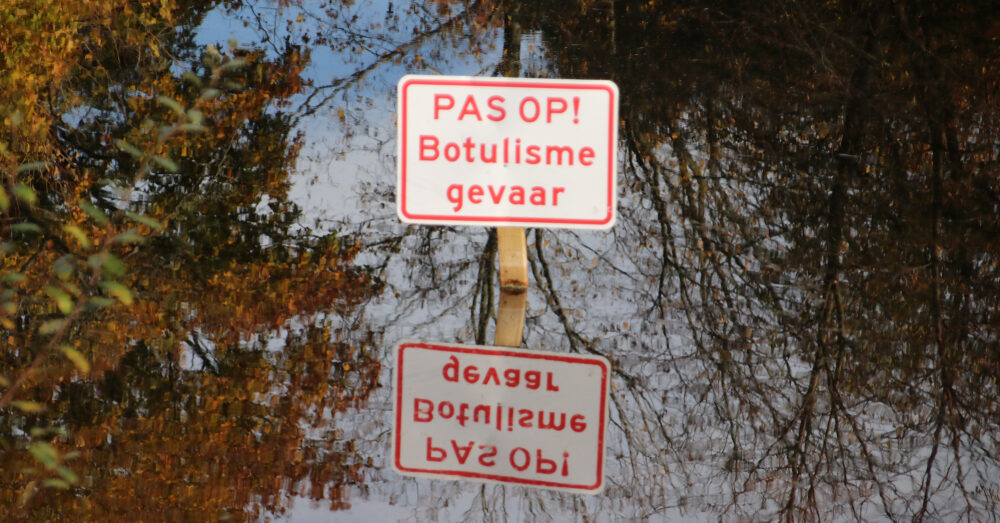Muscle mass and strength start to decrease from the age of 30 and this gets worse around the age of 60. This can lead to low muscle mass, making daily tasks more difficult. PhD student Berber Dorhout discovered that the risk of that condition, sarcopenia, depends on a person’s ethnic background.
People from Suriname with South Asian ancestry are particularly likely to have an increased risk of sarcopenia, Dorhout discovered during her PhD research at Human Nutrition and Health. In older people in this ethnic group, the muscle disorder occurs about twice as often than in people with Dutch, Turkish, Moroccan, African-Surinamese or Ghanaian ancestry. This was shown in a study involving more than 5000 test subjects over the age of 55. The risk of sarcopenia also differs between the other ethnic groups, although the difference is less pronounced.
Eating habits
The reason for these differences is still unclear, although Dorhout thinks there are several factors involved. Muscles need training and proteins to maintain themselves. Eating habits therefore play an important role. It is precisely those habits that are strongly influenced by culture. For example, chicken and dried fish are the main sources of protein for people from Suriname, while the Dutch get much of their protein from cheese and milk.
‘Social behaviour around food also plays a role,’ explains Dorhout. In certain cultures it is not socially acceptable to refuse food during family gatherings. It can then be difficult to get the right nutrients and sufficient protein. In addition, not all cultures view exercise in the same way. ‘Sweating or mixed sports are taboo in some cultures,’ says Dorhout.
Genetics
Genetic differences play a role as well. I fact, their role could be so big that the study could give a distorted picture. ‘Body composition and fat distribution differ between ethnic groups,’ says the PhD student. ‘People with a South Asian background, for example, naturally have lower muscle mass to start with.’ Yet the scientists used the same yardstick to measure sarcopenia in all subjects. ‘Perhaps that is not quite right, and we should correct for physical variations,’ says Dorhout. But scientists still need to work out how best to do that.
Dorhout did not examine the test subjects herself but received the data from Amsterdam University Medical Centre. Scientists examined the muscle strength of the test subjects by having them squeeze a hand grip as hard as possible. They also measured the weight of each person’s muscle tissue using a special device with electrodes. Dorhout then used a formula to calculate which people suffered from sarcopenia.
Sweating or mixed sports are taboo in some cultures
Berber Dorhout, PhD student at Human Nutrition and Health
The insights obtained from the PhD research should help in designing training programmes for the elderly. At the Amsterdam University of Applied Science, scientists and dieticians now use the ProMuscle programme from Wageningen to build up muscle mass in the elderly and prevent sarcopenia. ‘Over a 12-week period, the candidates there receive strength training and guidance from a dietician,’ says Dorhout. ‘Now we know that they should take each person’s ethnic background into account, as well as cultural factors.’

 The risk of sarcopenia, muscle loss in old age, differs between ethnic groups. Photo Shutterstock
The risk of sarcopenia, muscle loss in old age, differs between ethnic groups. Photo Shutterstock 

